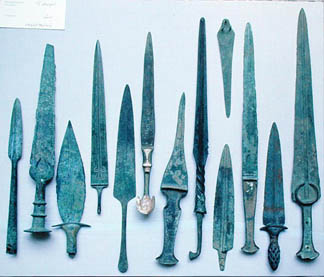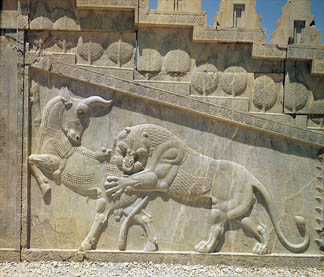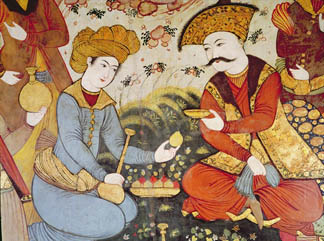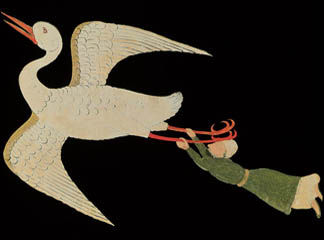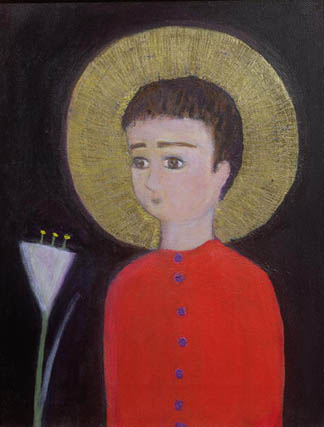Published 07/07/2009
|
|
Rediscover a rich cultural history
The headlines may be dominated by presidential conflicts and violence but it is important to remember that Iran has a rich cultural heritage as one of the world's oldest continuous major civilizations. Much can be explored via the Bridgeman website and below are just a few highlights.
Images accessible via extensive keywording include ancient weapons, from the Elamite kingdom in 2800 BC, when the first Iranian dynasty was formed, exquisite turquoise tiles and architecture, the art of calligraphy as well as impressive ancient monuments. The Elamites were succeeded by three Iranian Empires, including the Achaemenids who built the world heritage site Persepolis, notable for its richly decorated reliefs.
|
|
The Safavid Dynasty Iran was once again reunified as an independent state in 1501 by the Safavid dynasty who promoted Twelver Shi'a Islam as the official religion of their empire, marking one of the most important turning points in the history of Islam.
Bridgeman also has access to more recent works by Iranian contemporary artist Roya Salari who uses Christian stories as universal allegories to convey her feelings on contemporary events in her homeland.
|
|

